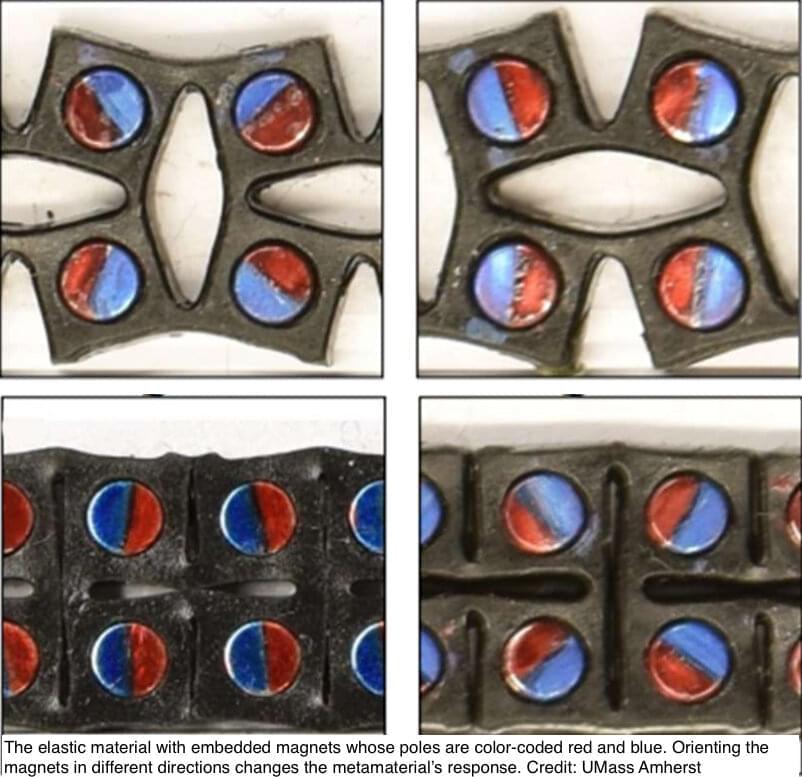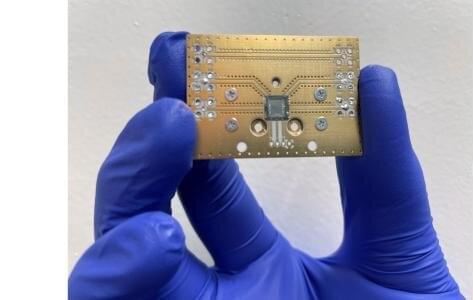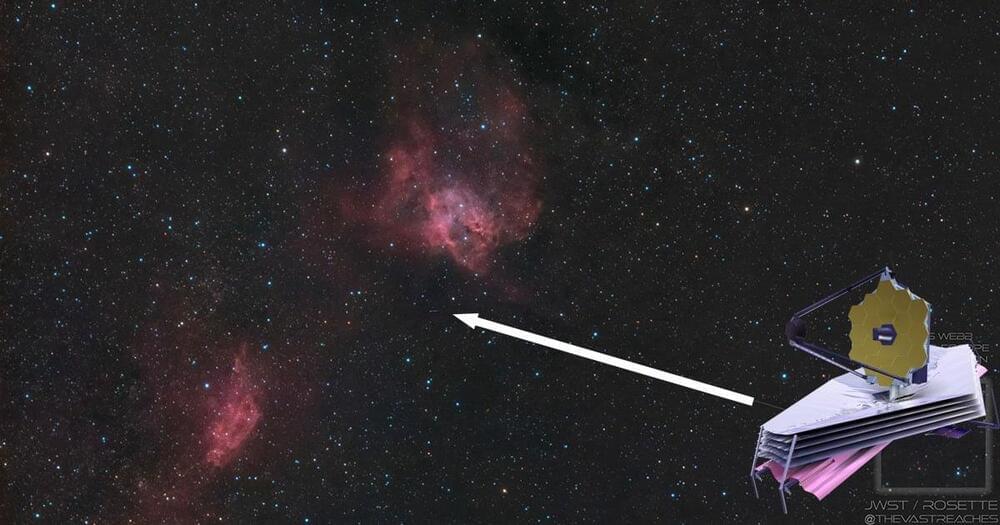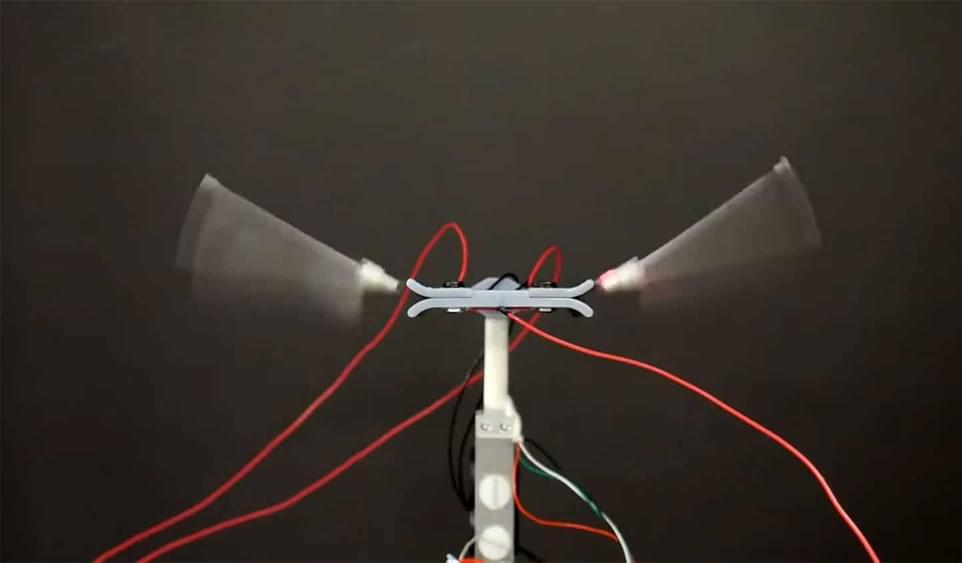Feb 3, 2022
Scientists engineer new material that can absorb and release enormous amounts of energy
Posted by Genevieve Klien in categories: materials, robotics/AI
A team of researchers from the University of Massachusetts Amherst recently announced in the Proceedings of the National Academy of Sciences that they had engineered a new rubber-like solid substance that has surprising qualities. It can absorb and release very large quantities of energy. And it is programmable. Taken together, this new material holds great promise for a very wide array of applications, from enabling robots to have more power without using additional energy, to new helmets and protective materials that can dissipate energy much more quickly.
“Imagine a rubber band,” says Alfred Crosby, professor of polymer science and engineering at UMass Amherst and the paper’s senior author. “You pull it back, and when you let it go, it flies across the room. Now imagine a super rubber band. When you stretch it past a certain point, you activate extra energy stored in the material. When you let this rubber band go, it flies for a mile.”
This hypothetical rubber band is made out of a new metamaterial—a substance engineered to have a property not found in naturally occurring materials—that combines an elastic, rubber-like substance with tiny magnets embedded in it. This new “elasto-magnetic” material takes advantage of a physical property known as a phase shift to greatly amplify the amount of energy the material can release or absorb.


















